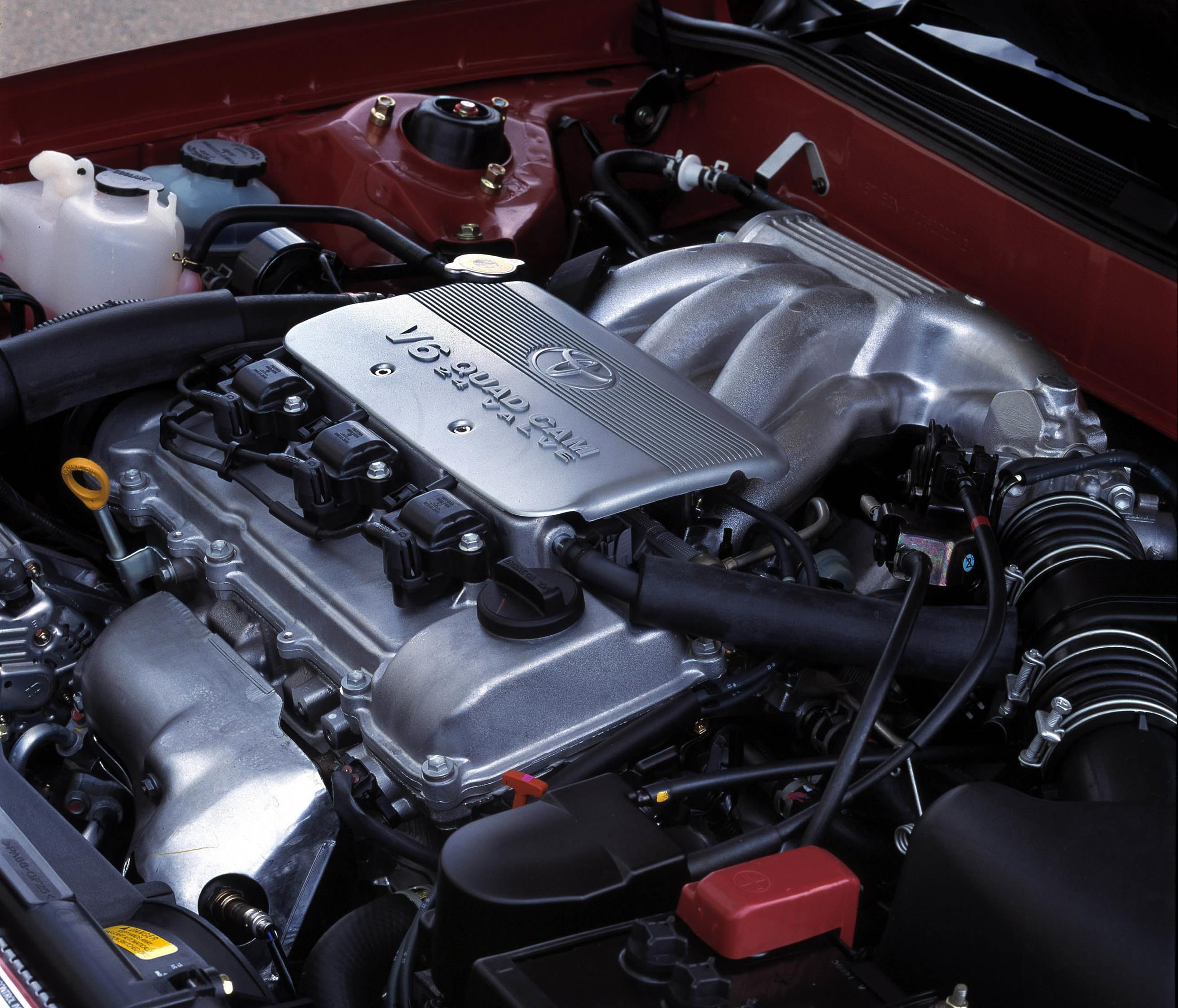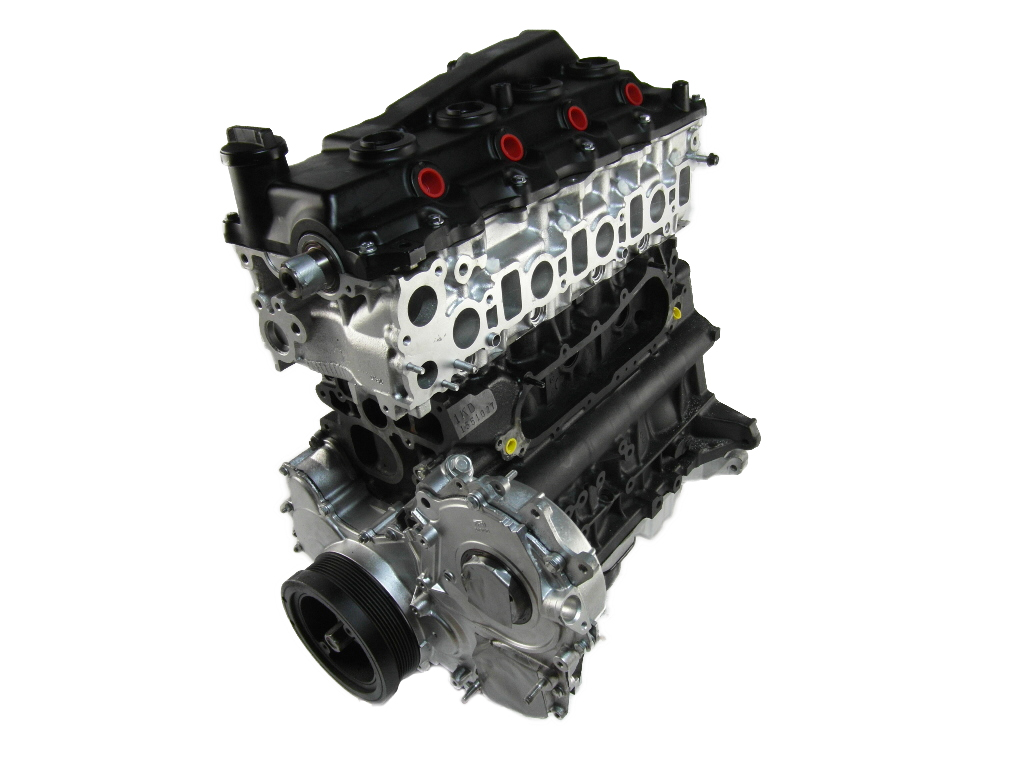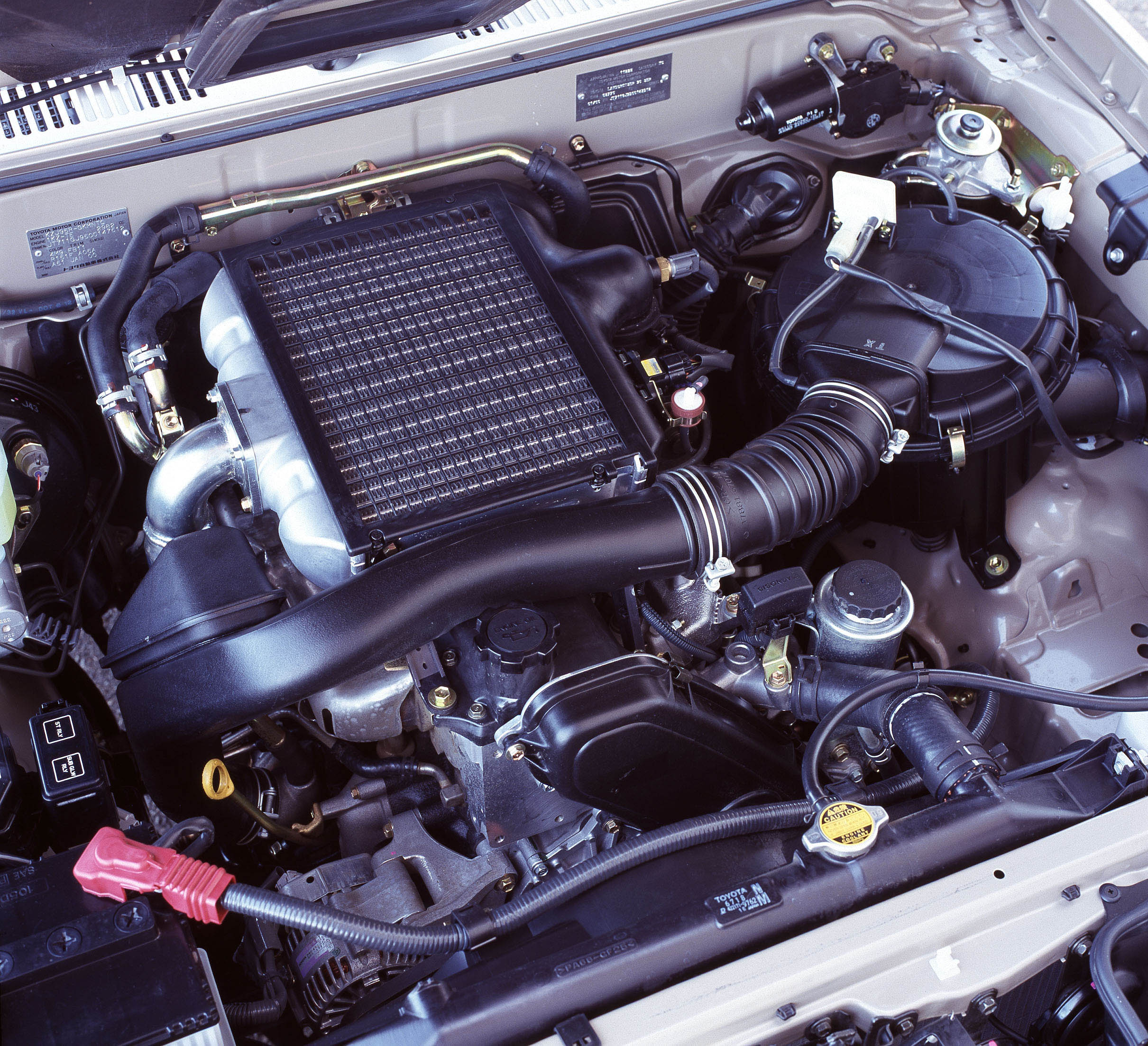Introduction
Audi’s AHC and AKH were 4.2-litre V8 petrol engines that powered the Audi D2 S8 from 1996 to 1999. Key features of the AHC/AKH engine included its:
- Cast aluminium alloy block with 90-degree ‘V’ angle;
- Die-forged steel crankshaft with five main bearings;
- Cast aluminium alloy cylinder head;
- Double overhead camshafts driven by a toothed belt and simplex chain;
- Variable intake manifold;
- Compression ratio of 11.3:1;
- 7000 rpm redline; and,
- Mass of approximately 210 kg.
The AHC/AKH engine produced peak outputs of 250 kW at 6600 rpm and 410 Nm at 3500 rpm. However, 90 per cent of peak torque (i.e. 369 Nm) was available from 2900 to 6000 rpm.
| Model | Years | Engine | Trans. | Peak power | Peak torque |
|---|---|---|---|---|---|
| Audi D2 S8 | 1996-99 | 4.2-litre AHC/AKH petrol V8 | 5sp auto | 250kW at 6600rpm | 410Nm at 3500rpm |
Cylinder block
The AHC/AKH engine had a cast aluminium alloy block with 84.5 mm bores and a 93.0 mm stroke for a capacity of 4172 cc. The die-forged steel crankshaft was supported by five main bearings and, attached to the crankshaft, the AHC/AKH engine had forged connecting rods (rather than the powdered metal rods of the V8 engines in the Audi D2 A8). It is understood that the AHC/AKH engines had cast aluminium alloy pistons.
Cylinder head
The AHC/AKH engine had a cross-flow, cast aluminium alloy cylinder head. The double overhead camshafts were driven by a toothed belt and simplex chain and used hydraulic bucket tappets (including solid exhaust tappets) to actuate the four valves per cylinder. It is understood that the intake valves had a single valve spring, while the exhaust valves had dual valve springs. For heat dissipation, the exhaust valves had sodium-filled stems.
Valve timing
As per the table below, the AHC/AKH engine had intake duration of 219 degrees, exhaust duration of 209 degrees and valve overlap of -9 degrees.
| AHC/AKH engine: valve timing | ||
|---|---|---|
| Inlet | Open | 7° ATDC |
| Close | 46° ABDC | |
| Exhaust | Open | 31° BBDC |
| Close | 2° BTDC | |
Intake manifold
The AHC/AKH engine had a fresh air intake system with two branches to reduce pressure losses, with the branches joined upstream of the throttle valve. Furthermore, the AHC/AKH engine had a two-stage variable intake manifold (VIM) which used a solenoid valve to vary the length of the intake manifold runners. The VIM was controlled by the engine management system and operated as follows:
- At engine speeds below 4000 rpm, a long intake runner with a narrow cross-section was used to increase pulsation effects and torque output; and,
- From 4000 rpm, the short intake runner was used to reduce intake resistance and increase power output. Once engine speed fell below 3700 rpm, the long intake runner would be activated.
Injection and ignition
Ahe AHC/AKH engine had electronically-controlled, common-rail multi-point sequential fuel injection via eight injectors that were positioned in the intake manifold. The injection and ignition process was controlled by the Bosch Motronic 5.4.1 engine management system which used a hot film air mass meter to measure intake air volume, two oxygen sensors for stereo lambda control and had cylinder-specific knock control.
From an Audi service manual, the AHC/AKH engine is understood to have a compression ratio of 11.3:1, though Audi specification sheets list a compression ratio of 11.6:1 – this figure has been discounted on the basis that it is abnormally high for a port-injected engine of this time period.







